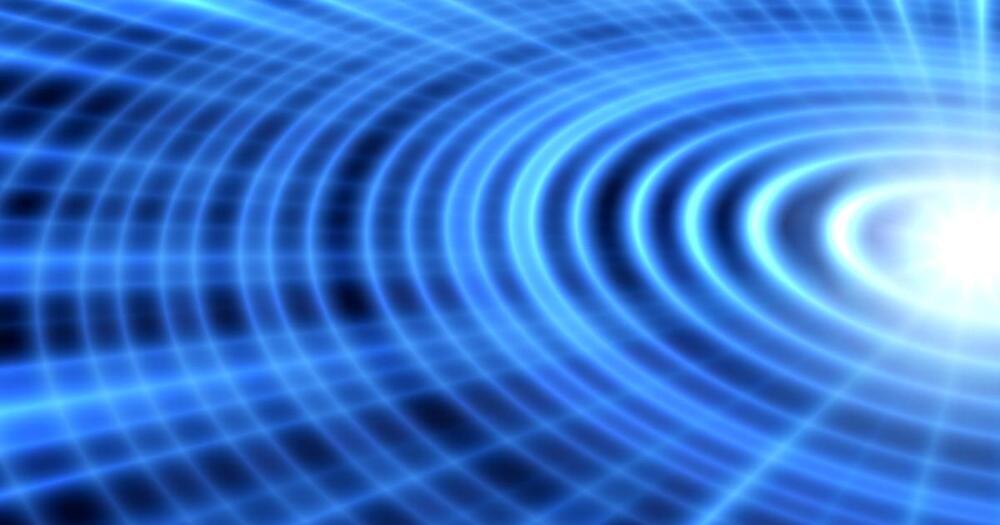The Big Bang is the name we have given to the moment at which the Universe began. While the idea is well known, it is often badly misunderstood. Even people with a good grasp of science have misconceptions about it. For instance, a common question is, “Where did the Big Bang happen?” And the answer to that question is a surprising one. So, let’s dive into it and try to understand where the misunderstanding arises.
When people are told of the Big Bang, they are commonly told that “all of the mass of the universe was packed into a point with zero volume called a singularity.” The singularity then “exploded,” expanding and cooling and eventually resulting in the Universe we see today. People draw from their own experience and analogize the Big Bang with something like a firecracker or a grenade — an object that sits in a location, then explodes, dispersing debris into existing space. This is a completely natural and reasonable mental image. It is also completely wrong.
The theory that describes the Big Bang is Einstein’s general theory of relativity. In it, Einstein describes gravity as the very shape of space as it bends and stretches. Near a star or planet, space is distorted; far from any celestial body, space is flat. If space is malleable, as the theory says it is, it can also be compressed or stretched.









Comments are closed.